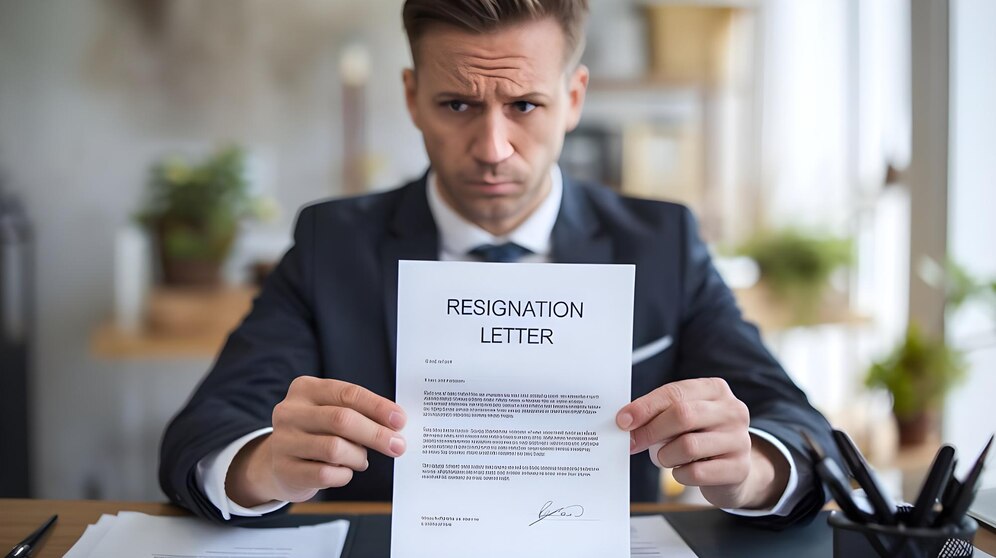Wrongful Termination Laws in the USA: Know Your Employee Rights & Legal Options

Losing a job is stressful enough—but when it’s done unfairly or illegally, it becomes a matter of wrongful termination, and you may be entitled to legal compensation. In the United States, employees have specific rights protected by federal and state laws, even in so-called “at-will” employment states.
Whether you were fired for reporting harassment, refusing to break the law, or simply suspect something wasn’t right about your termination, it’s essential to understand your rights. This blog explains everything you need to know about wrongful termination laws, signs of illegal dismissal, how to take legal action, and the compensation you may be owed.
1. What is Wrongful Termination?
Wrongful termination occurs when an employee is fired in violation of federal, state, or local laws, an employment contract, or public policy. While most U.S. workers are “at-will” employees—meaning they can be fired at any time for any reason—there are important exceptions.
Wrongful termination may involve:
- Discrimination based on race, gender, religion, age, disability, etc.
- Retaliation for reporting misconduct or filing a complaint
- Violation of labor laws (e.g., FMLA, wage laws)
- Breach of contract
- Constructive discharge, where conditions are so bad that the employee is forced to quit
These violations give you the legal right to file a claim and seek compensation or reinstatement.
2. At-Will Employment and Its Limits
In at-will states (which is most of the U.S.), employers can terminate employees at any time, with or without cause. However, they cannot fire someone for an illegal reason.
Here are some examples of exceptions to at-will employment:
- Public policy violations (e.g., firing someone for serving on jury duty)
- Discrimination under Title VII of the Civil Rights Act
- Retaliation against whistleblowers or those who report harassment
- Implied contracts, such as statements in employee handbooks
- Good faith and fair dealing, a principle recognized in some states
Understanding these exceptions is key to determining if your termination was lawful or not.
3. Signs That You Were Wrongfully Terminated
Not every unfair firing qualifies as wrongful termination. However, there are several red flags to look out for:
- You were fired shortly after filing a complaint or reporting illegal behavior
- Your termination violated the terms of an employment contract
- You were dismissed after taking medical or family leave
- You believe your dismissal was based on discrimination
- Your employer failed to follow their own termination procedures
- You were fired to prevent you from receiving benefits or bonuses
If any of these scenarios sound familiar, it’s wise to consult with an employment attorney.
4. Common Types of Wrongful Termination
Here are some of the most frequently reported wrongful termination scenarios:
A. Discrimination-Based Termination
Federal and state laws prohibit firing an employee based on:
- Race or ethnicity
- Gender or sexual orientation
- Religion
- National origin
- Age (40 and older)
- Disability
- Pregnancy
If you were fired and you belong to a protected class, you may have a case.
B. Retaliation
Employers cannot retaliate against employees for engaging in protected activities, such as:
- Filing a harassment or discrimination complaint
- Reporting safety violations (OSHA) or wage issues
- Participating in workplace investigations
- Taking FMLA or military leave
If your termination followed such an action, it may be unlawful.
C. Breach of Contract
If you have a written employment contract or even a verbal agreement stating that you can only be fired “for cause,” a sudden firing without cause can be grounds for a lawsuit.
D. Constructive Discharge
If your employer made your working conditions intolerable—due to harassment, safety violations, or illegal activity—you may be able to claim constructive dismissal, which is treated similarly to wrongful termination.
5. Legal Protections You Should Know
Several key federal laws protect employees from wrongful termination:
- Title VII of the Civil Rights Act (1964) – protects against discrimination
- Americans with Disabilities Act (ADA) – protects disabled workers
- Family and Medical Leave Act (FMLA) – protects leave for family or medical reasons
- Age Discrimination in Employment Act (ADEA) – protects workers 40+
- Occupational Safety and Health Act (OSHA) – protects whistleblowers
- Fair Labor Standards Act (FLSA) – protects wage and hour rights
In addition, each state may offer stronger employment laws. For example, California and New York provide more extensive employee protections than federal law requires.
6. What to Do If You’ve Been Wrongfully Terminated
If you suspect your termination was illegal, follow these steps:
A. Request a Written Explanation
Ask HR or your manager to provide a written reason for your dismissal. If they refuse or give a vague answer, it could be a red flag.
B. Gather Documentation
Keep emails, performance reviews, text messages, or any documentation related to your job, complaints, and termination. This evidence is essential for your case.
C. File a Complaint
You can file a complaint with the Equal Employment Opportunity Commission (EEOC) for discrimination or retaliation. The deadline is generally 180–300 days after the incident.
D. Hire an Employment Lawyer
A qualified attorney can help you:
- Evaluate your case
- File claims or lawsuits
- Negotiate severance packages
- Represent you in court or arbitration
Many wrongful termination attorneys offer free consultations and work on a contingency basis (you pay only if you win).
7. What Compensation Can You Receive?
If your claim is successful, you may be entitled to various types of damages, including:
- Back pay (lost wages and benefits)
- Front pay (future wages you would have earned)
- Emotional distress damages
- Attorney’s fees and court costs
- Punitive damages (in extreme cases)
- Reinstatement to your old job (rare but possible)
The amount of compensation depends on the strength of your case, your salary, and the severity of the employer’s misconduct.
8. Time Limits for Filing a Wrongful Termination Claim
Each type of claim has its own deadline:
- EEOC complaints: 180 or 300 days
- Breach of contract claims: 1–6 years (varies by state)
- Whistleblower claims: Usually 30–180 days depending on the statute
- State claims: Follow state-specific rules
Missing a deadline can forfeit your rights, so act quickly.
9. Wrongful Termination vs. Unfair Termination
It’s important to note: not every unfair firing is illegal. If your boss is mean, or you were let go due to company downsizing, that’s likely not wrongful termination—unless it violates a specific law or contract.
Ask yourself:
- Was I fired because of a protected characteristic or activity?
- Did my employer violate a law, policy, or contract?
If yes, you may have a strong case.
Final Thoughts
Wrongful termination is more than just being treated unfairly—it’s a violation of your legal rights. If you believe you were fired illegally, it’s critical to understand the law, gather evidence, and take swift action. With the right approach and legal support, you may be able to win back lost wages, hold your employer accountable, and find justice.
Don’t let an employer get away with breaking the law. Stand up for your rights and fight for the compensation you deserve.




Leave a Reply